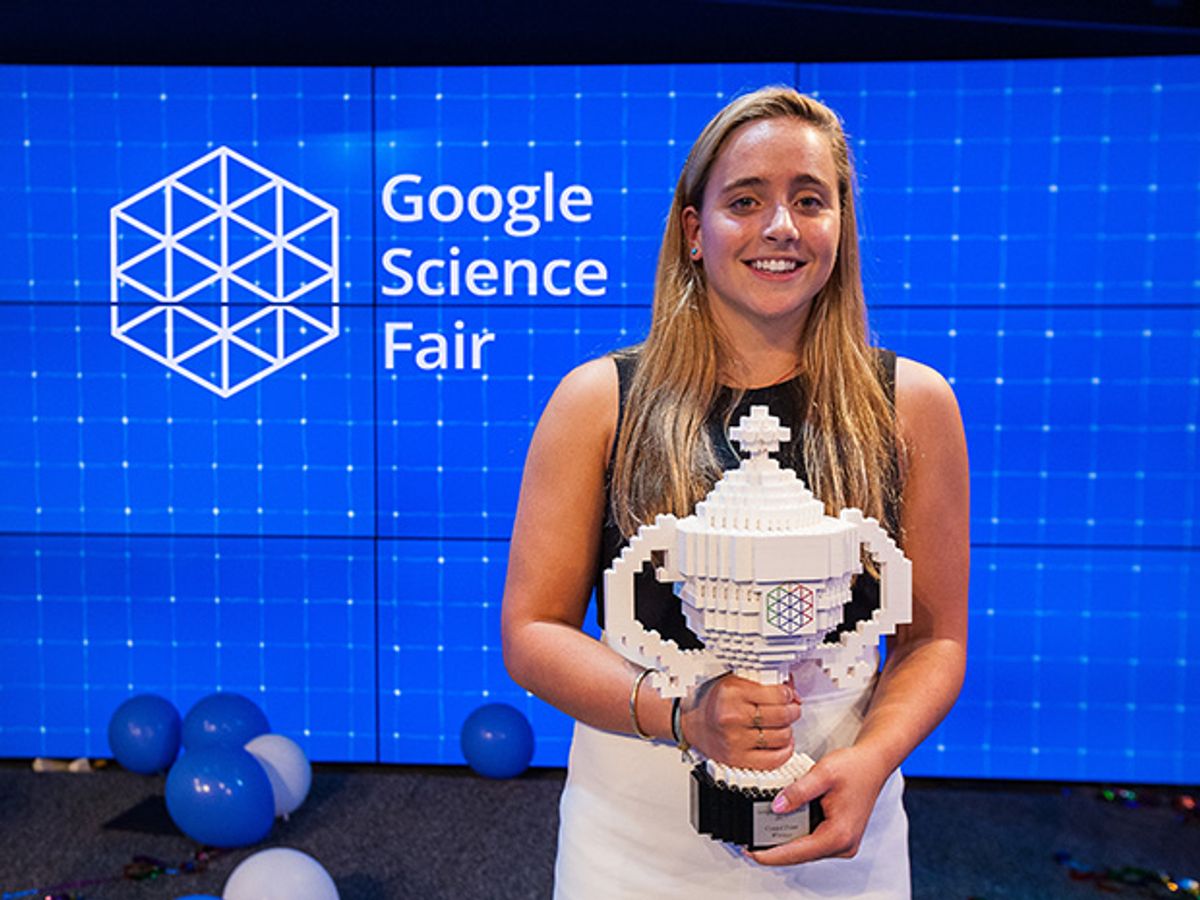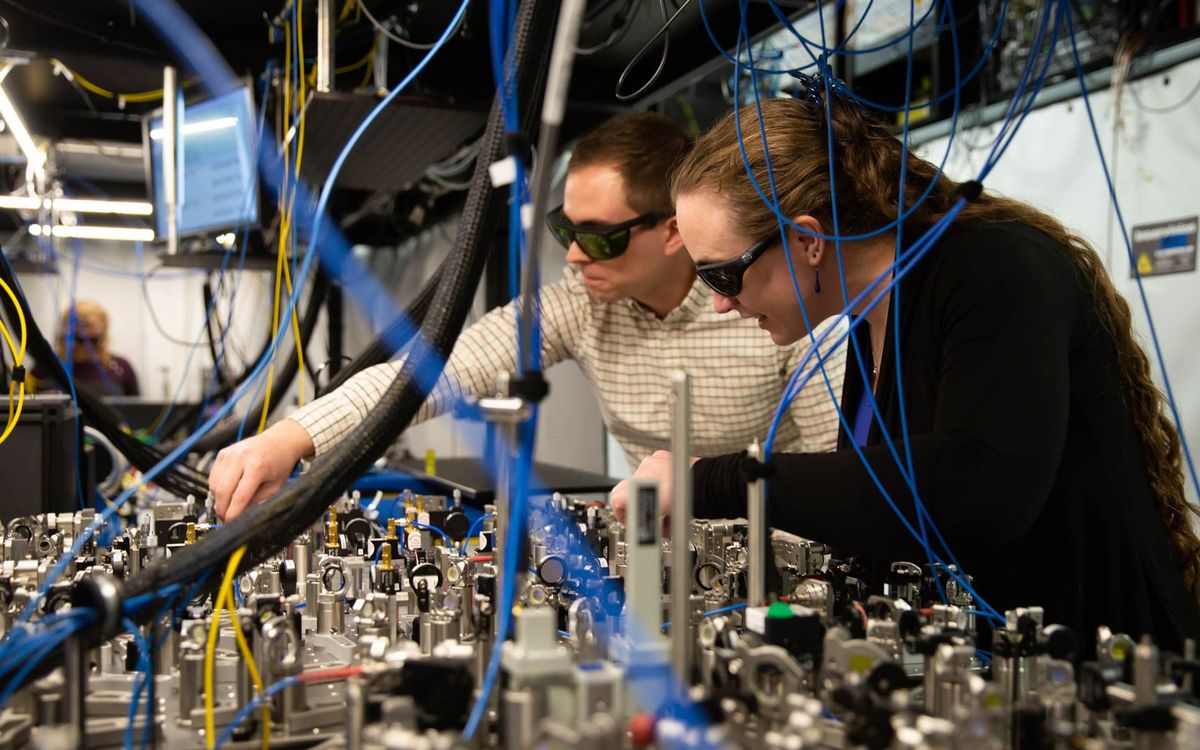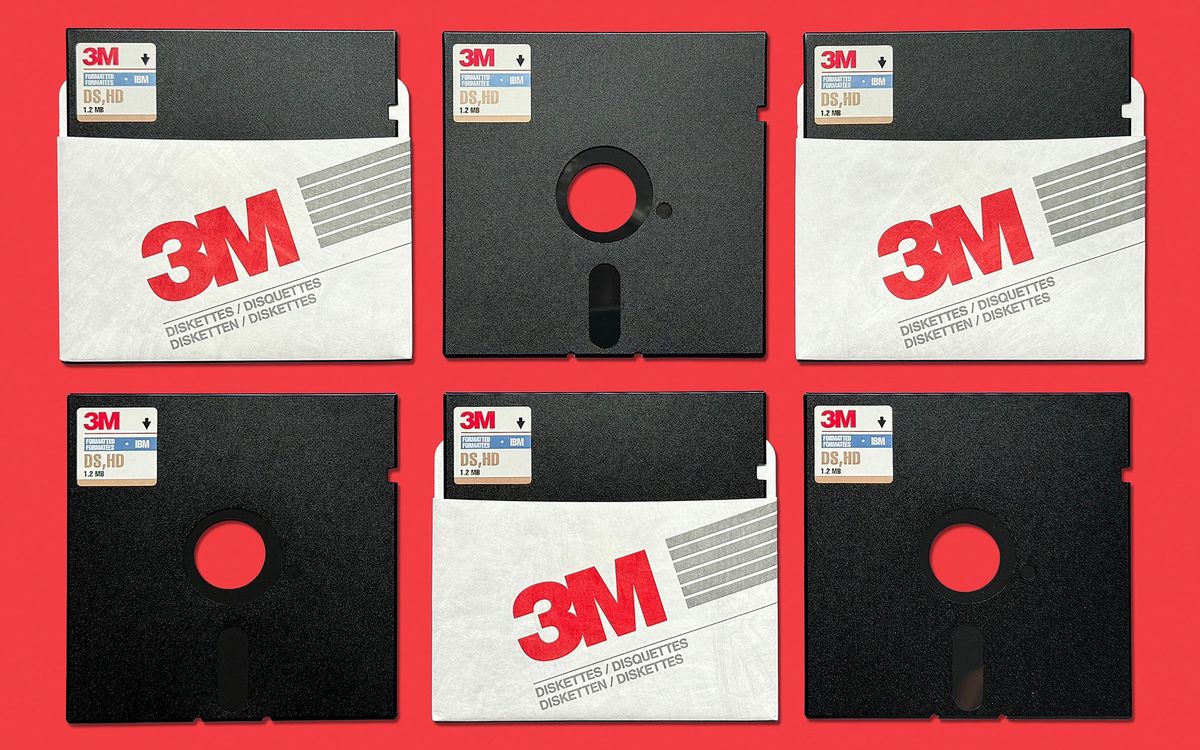Every year, I look forward to meeting the teens from around the world who come to the Google campus in September to compete in the finals of the Google Science Fair. And every year, I am impressed by their creativity, their maturity, their intelligence, and their promise.
But this year raised the bar. The 20 finalists’ projects, selected from thousands of submissions from more than 100 countries, came from 11 countries: Bosnia, Canada, France, India, Lithuania, Russia, Singapore, Taiwan, the United Kingdom, and the United States. Not only did many of this year’s competitors bring up interesting questions and investigate interesting problems, several appeared to come up with some surprising, workable, and in some cases shockingly cheap solutions. The standouts were in the area of health diagnostics and treatment. These kids took on hard problems that would daunt adult researchers, and may just have solved a few of them.
Olivia Hallisey, a 17-year-old from Connecticut, became interested in Ebola during the 2014 outbreak. When she learned that current tests for Ebola are expensive, complicated, time-consuming, and depend on temperature-controlled environments, she set out to develop something better. It had to be cheap and easy enough to use to test people who weren’t showing symptoms, say, at travel checkpoints.
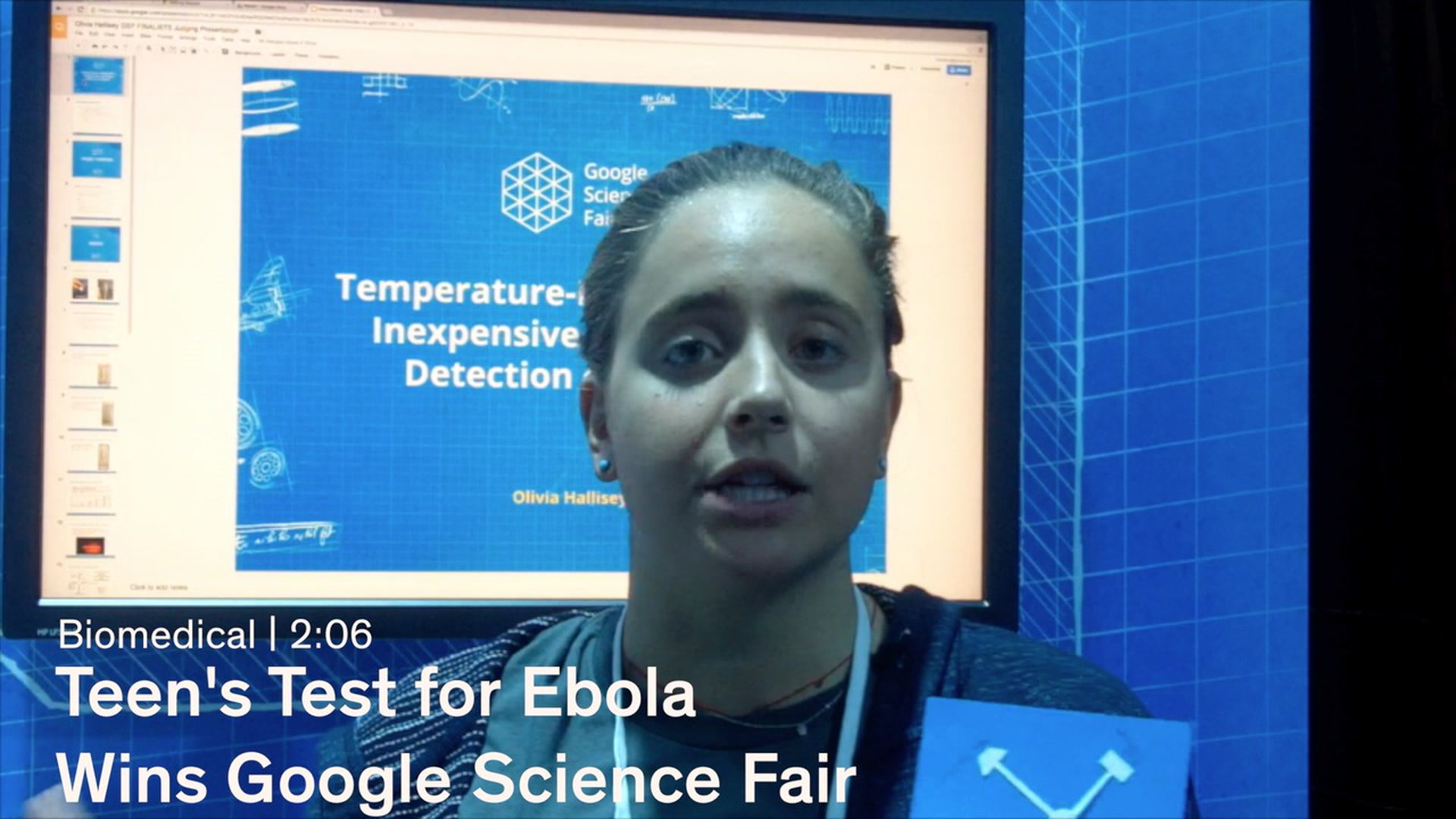
Recalling a science lesson on the stability of silk, she mixed the reagents used in the Elisa test for Ebola with silk fibers, and deposited them onto test strips. The silk stabilized the reagents and eliminated the need for temperature control. She then developed test paper with arms of different lengths to control the order in which the reagents reached the sample to mix.
To run a test, the user puts a drop of blood (a future version, with reagent sensitivity adjusted, will use saliva) on one arm, and drops of water on the end of the other arms. When they mix in the center, a color change indicates the presence of the Ebola virus. Each card, Hallisey said, should cost about $5. She anticipates the technology will be easily translated to tests for other diseases, including Lyme Disease and HIV. Hallisey received the Google Science Fair Grand Prize, a $50,000 scholarship.
Adriel Sumathipala, a 17-year-old from Virginia, comes from a family with a history of high cholesterol, stroke, and cardiac disease. He’s worried enough to want to monitor his own cardiovascular health on a regular basis, in the same way a diabetic monitors blood sugar.
He zeroed in on two measurable factors—cholesterol and oxidized LDL—and spent a year looking at the different ways to test for them. He determined that the available tests are too expensive for a home market because companies that put the enzymes and reagents onto test strips waste material by screen-printing them. Better, he thought, would be to use droplets deposited by an ink-jet process.
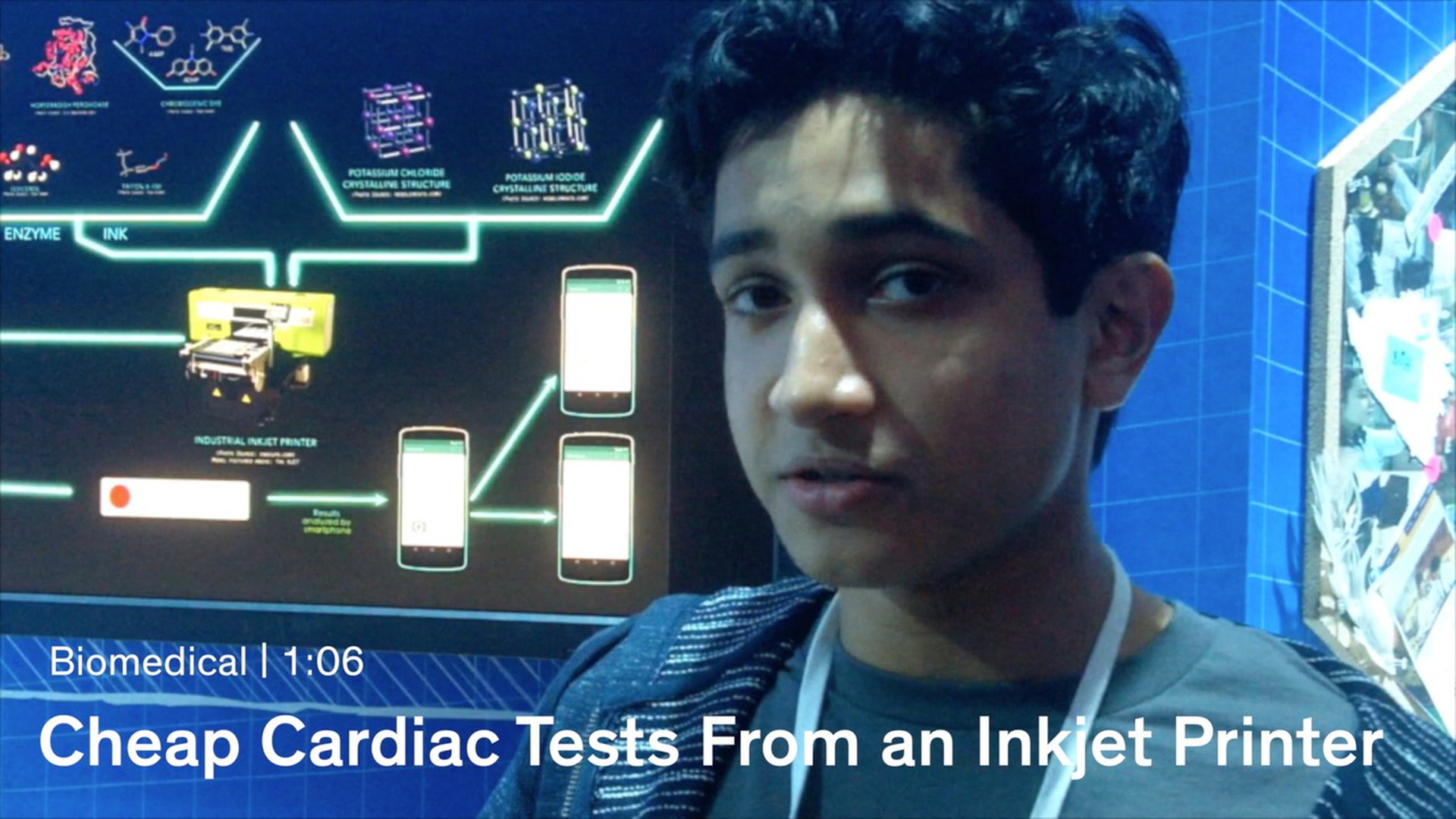
He converted a standard inkjet printer to deposit enzymes and reagents, and came up with a test for cholesterol that costs about 2 cents a strip and can be read by a smart phone. Sumathipala says he’s already been contacted by venture capitalists interested in investing in taking his technology to market.
Krtin Nithiyanandam, a 15-year-old from England, set out to improve the ability of doctors to diagnose early Alzheimer’s Disease by creating a substance that crosses the blood-brain barrier and attaches to the amyloid beta oligomers that some think are the seeds of Alzheimer’s Disease.
After struggling to find a lab with the equipment he needed—and would also allow a 15-year-old in to work with toxic chemicals—he created a nanoparticle with a core of cadmium telluride protected by a two-layer shell. The nanoparticle fluoresces and shows up on an MRI.

To his surprise, in-vitro tests on nerve cells revealed that the substance appears to not only help image cell damage, but to treat it. Nithiyanandam won the Google Science Fair’s Scientific American Innovator Award, which comes with $25,000 in funding for future research and education. He’s begun the process of getting clearance to test his innovation on animals.
Tekla S. Perry is a senior editor at IEEE Spectrum. Based in Palo Alto, Calif., she's been covering the people, companies, and technology that make Silicon Valley a special place for more than 40 years. An IEEE member, she holds a bachelor's degree in journalism from Michigan State University.
